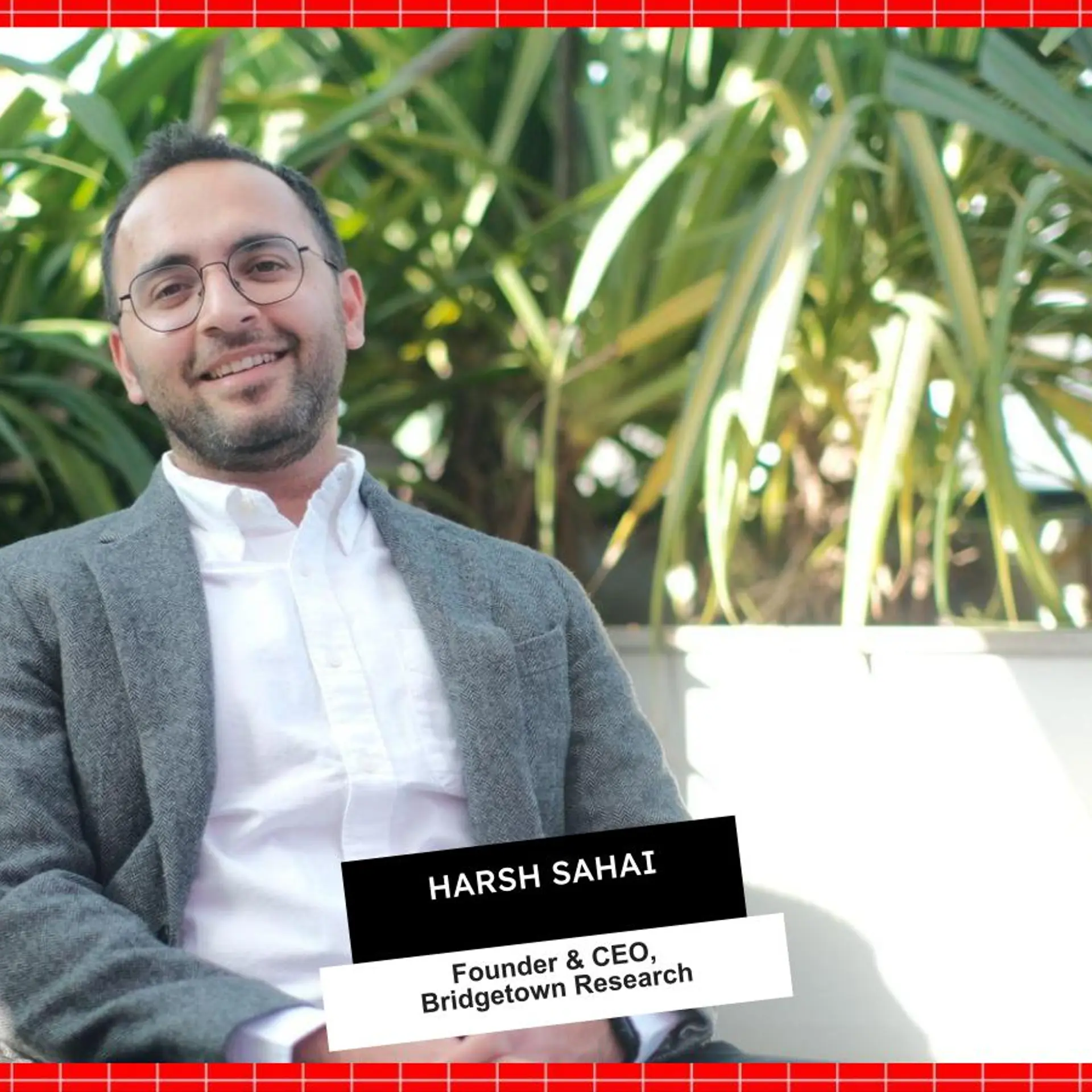Corporates and educational institutes must work together to bridge the skill gap for women in tech, says Mastercard’s Sukanya Misra
Sukanya Misra, who leads Mastercard’s India Tech Hub, sheds light on skill gaps for women and what organisations can do to support women in tech.
“We need more girls in STEM.” “We need more women in tech careers.”
These are oft-heard concerns from different stakeholders - corporates, startups, government, organisations and from also women in tech.
More girls in STEM and women in tech will help us narrow down the gender gap, and in turn increase the number of role models to look up to.
Mastercard, a technology company in the global payments industry, has been investing in girls through its signature STEM education platform, Girls4Tech, which aims to reach out to one million girls globally by 2025.
Why is it important to invest in girls, and to train, teach and upskill women in the workforce? Sukanya Misra spoke to HerStory and attempted to answer some of these questions and also shared how Mastercard is making inroads by investing in women in tech.
Sukanya leads Mastercard’s India Tech Hub – the company’s largest Tech Hub outside the US. She drives strategy for the Hub, its alignment with Mastercard and its global operations and technology organisation; enabling growth and expansion, operational efficiency, talent acquisition and development.
“I work closely within the hub to foster a culture of innovation and excellence with a focus on diversity and inclusion and the company’s commitment to be a Force for Good,” she says.
Prior to this, she led Mastercard Data and Services (D&S) Centre of Excellence (CoE) in Gurugram for over six years, building Mastercard’s largest D&S team and transforming the CoE as an innovation hub. She has been working for the last 24 years with some of the world’s leading organisations such as McKinsey, GE, and SAS etc.
She has a Master’s in Statistics from State University of New York at Buffalo and a PhD in Applied Statistics from Southern Methodist University, Dallas.
1567676267579.png?fm=png&auto=format)
Sukanya Misra, Senior Vice President, India Technology Hub, Mastercard
Here are edited excerpts from the interview:
HerStory: What are the primary challenges for women in tech?
Sukanya Misra: The technology industry is male-dominated, which makes women shy away from taking up STEM roles in an organisation. Such organisations create a disparity in the workforce where women may find their voice unheard among the male counterparts. Since there is a lack of women leadership in the technology industry, women find it difficult to find a mentor who can guide them on the right career path.
Another crucial challenge is returning to work after a maternity break. It can be due to the lack of support from the organisation, difficulty in catching up or failing to adjust to changing work scenarios. Thereby, some women leave work altogether to take care of their family and organisations lose out on the talent pool they had invested in.
HS: What kind of skill gap exists for women?
SM: Skill gap can be of two kinds primarily – one that is caused by the quality of skills. A recent employability survey reported that only 4.6 percent of Indian job applicants had the necessary and sufficient coding skills. With numerous institutes producing thousands of engineers every year, it is extremely important to focus on quality.
The second kind is owing to the dizzying pace of developments in the technology space. This is especially true with fast developments in the space of AI, machine learning, and Big Data etc. With several new skill needs cropping up, it is a challenge for techies, educational institutes, and corporates alike to keep up with this pace. Corporate organisations are trying to bridge this gap by investing in certifications and on-the-job training. I believe there is immense opportunity for corporates and educational institutes to work together to solve this skill gap.
HS: What are the skills women need in today's tech-driven world?
SM: In terms of technology skills, the needs are no different for men and women. Currently, artificial intelligence, cloud computing, machine learning, Big Data, Analytics, and skills related to IoT, etc. are competencies that many tech centres are focusing on, and there is a dearth of good talent for many of these skills.
In addition to these, communication and networking skills are as important in today’s workplace, where one needs to work in a globally connected world, continuously collaborating in order to solve complex business problems. Given that women may have many personal responsibilities, effectively managing time and prioritising work is a skill that is vital.
Finally, it is important to dream big and be persistent in the pursuit of what is important to them.
HS: What is Mastercard doing to encourage more girls into STEM?
SM: Mastercard works with different stakeholders locally and globally to create an environment for inclusion and change the perception of STEM-related careers among young girls.
Earlier this year, we launched the Pune Edition of the WomenInTech forum, in association with technology companies, industry experts, NGOs, government, and academia in the city to make improvements and execute an industry-wide plan to encourage women to pursue careers in STEM. The Pune chapter will engage young girls in schools and colleges, enable junior to mid-level executives as well as empower women to take up and grow in leadership positions.
In addition, through its signature program, Girls4Tech, Mastercard has reached over 430,000 girls across 25 countries, doubling its established 2017 goal. Apart from our work to enhance financial inclusion and empowering women, Mastercard continues to also expand its business in the region.
Our global leadership has just announced an investment of $1 billion in India over the next five years, with plans to make the country a global technology hub for its platforms. This is in addition to the $1 billion we have already invested in the country over the last five years. Our growth and investments will help us create numerous job opportunities in STEM fields.
HS: What is the number of women in tech roles at Mastercard? What are the initiatives that will ensure more women remain in the tech workforce?
SM: Globally, close to 40 percent of our total workforce comprises women with close to 30 percent women representation at senior levels (senior VP and above). In India, we have over 3,000 employees and we are rapidly growing. The India Technology Hub in Pune houses most of this workforce, being Mastercard’s largest Tech Hub outside of the US. Since 2014, our employee base in Pune has grown more than six times and the percentage of women in our workforce in Pune has grown by more than 12 percent.
Mastercard has been committed to create a more gender balanced workplace with several programs, from interventions, training, recruitment of talent, developing and mentoring leaders as well as implementing policies that help women strike a balance at work.
In India, it has been recognised for its diversity and women in leadership programmes.
A great initiative at Mastercard is the Women’s Leadership Network, a global Business Resource Group with chapters in each office, across the world. The network has many programmes, workshops and sessions throughout the year and is truly inclusive in the sense that both men and women participate equally. In fact, WLN has a programme called Man-Ally that recognises men who have contributed to mentoring women or fostering diversity in their teams.
Mastercard also enables learning through regular training sessions in line with industry developments. External trainers and experts conduct sessions to equip the existing employees with new skills required at work. At Mastercard, employees who are subject matter experts, double up as internal trainers and conduct sessions for educating their colleagues.
HS: What are some ways in which companies can retain their tech talent and how can they increase their workforce?
SM: A happy employee tends to be more efficient and contributes to the growth of the organisation. The key is to create a work environment where everyone feels included.
Secondly, a focus on continuous learning and development is imperative. It is for each person to grow both personally and professionally. In addition, sessions and trainings in technical and professional skills of various forums and engagement activities to fuel innovation and collaboration goes a long way.
Lastly, I believe it is important for one to feel connected to something larger and this is only possible when an organisation has a larger vision and each employee feels involved and contributes towards larger goals.
(Edited by Rekha Balakrishnan)


1567676267579.png?mode=crop&crop=faces&ar=2%3A1&format=auto&w=1920&q=75)






